FEATURE | Why is HermУЈs Collaborating with a "Mushroom" Company Founded by Artists?
March 26,2021
Calfskin or тReishi Fine Mycelium" leather on HermУЈs bags, which do you think is more precious?
In the middle of this month, French luxury group HermУЈs announced that it will launch a sustainable Victoria travel bag. This travel bag is no longer made of rare leather, but Sylvania, a leather substitute developed exclusively by HermУЈs and a California start-up MycoWorks. Sylvania, a biological fabric derived from "Reishi Mycelium", resembles HermУЈsтs premium amber calfskin. This new bag will be available at the end of 2021 and will become a new product in the HermУЈs "classic bags" series. The pricing is not yet known.
As a top luxury brand, HermУЈsтs every move could attract the attention of the entire industry. Especially this time, people would be curious as to why HermУЈs has joined hands with this start-up to create core bag products.
In this passage, Luxe.CO will elaborate on MycoWorksтs development, allowing you to sense the great potential of innovative bio-fabrics.
Reishi-Inspired Art
In the 1980s, AIDS (Acquired Immune Deficiency Syndrome) was rampant in the United States. A young man named Philip Ross, who worked as a hospice caregiver in San Francisco, stumbled upon the immune-improving ability of reishi mushrooms and began to grow them himself.
Ross received his Master of Fine Arts degree from Stanford University. He loved nature and spent his early years studying mycology by going into forests to search for wild mushrooms. When growing them, he discovered that reishi mushrooms grow in different shapes, textures and colors under different light, air, gravity and temperature, and was fascinated by such an interesting medium of artistic expression.
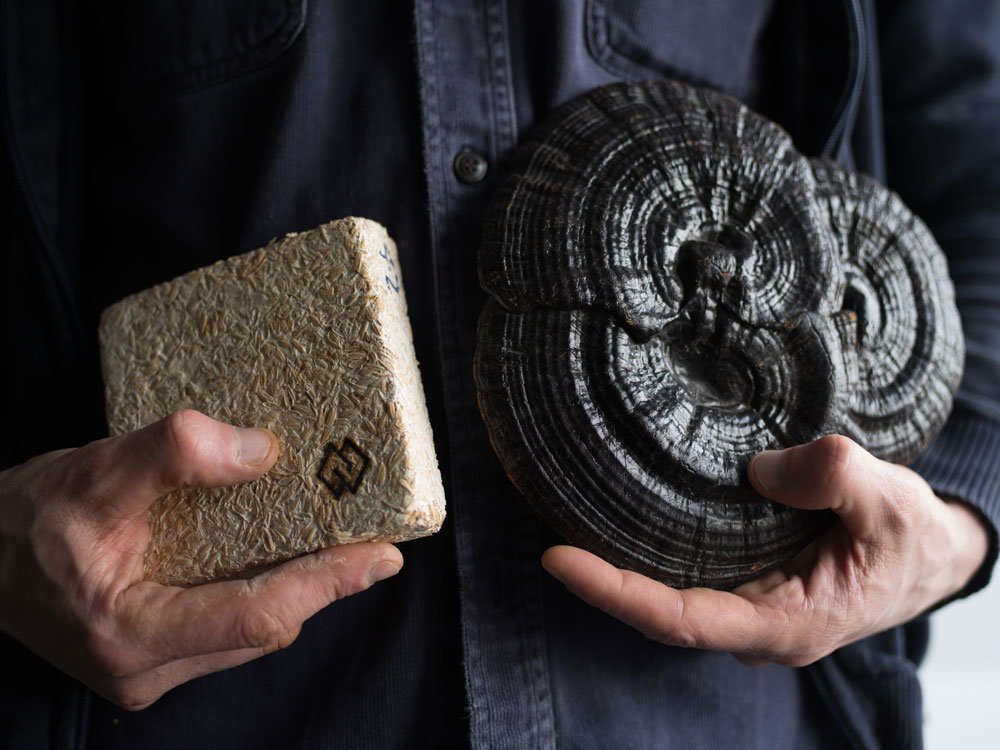
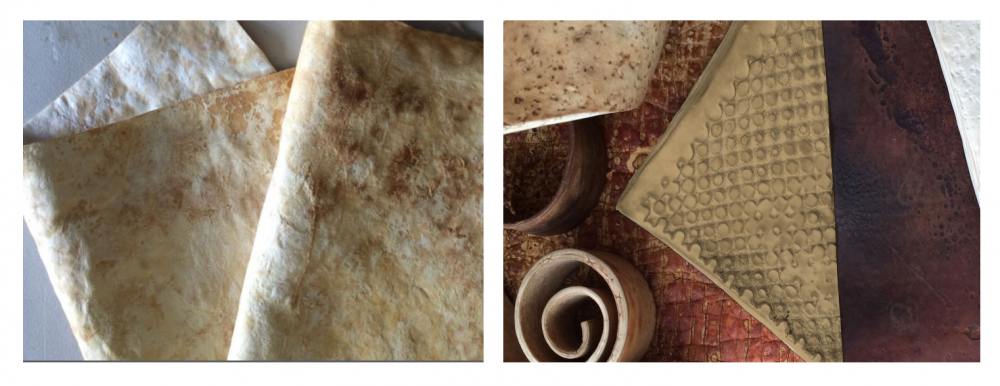
Reishi (or lingzhi) is a fungus that grows naturally in the forests of China and Japan. It is a mushroom of the Polyporaceae family, and is mainly parasitic in broadleaf trees. It is very valuable because there are so few of them in the wild and they can only be found in specific tree species, so it has the reputation of being a treasured mushroom.
Reishi has been used medicinally in China for more than 2000 years and been regarded as a valuable tonic for strengthening the body and an essence for many generations. Reishi needs high humidity to grow. With the increase in temperature difference between day and night, the time for mycelia to grow into a full bag is extended. The water content of the culture medium should be 55% ~ 60% during growth.

Rossтs artistic creation has created a new field, "mycotecture", a term he coined in 2008 to describe the art of designing and constructing mycelium. His patents and publications have also laid the groundwork for research in the field of mycelial materials science.
Rossтs reishi mycelium works have been exhibited at the Museum of Modern Art (MoMA), Kunsthalle DУМsseldorf and the Moscow Biennale of Contemporary Art.
Meanwhile, his practice of art has broken the traditional process of biomaterial companies. While the latter usually focus on a certain molecular structure first, and then see if it can be used in certain fields, Ross, as an artist, applies mycelium directly as the final material in his artworks.
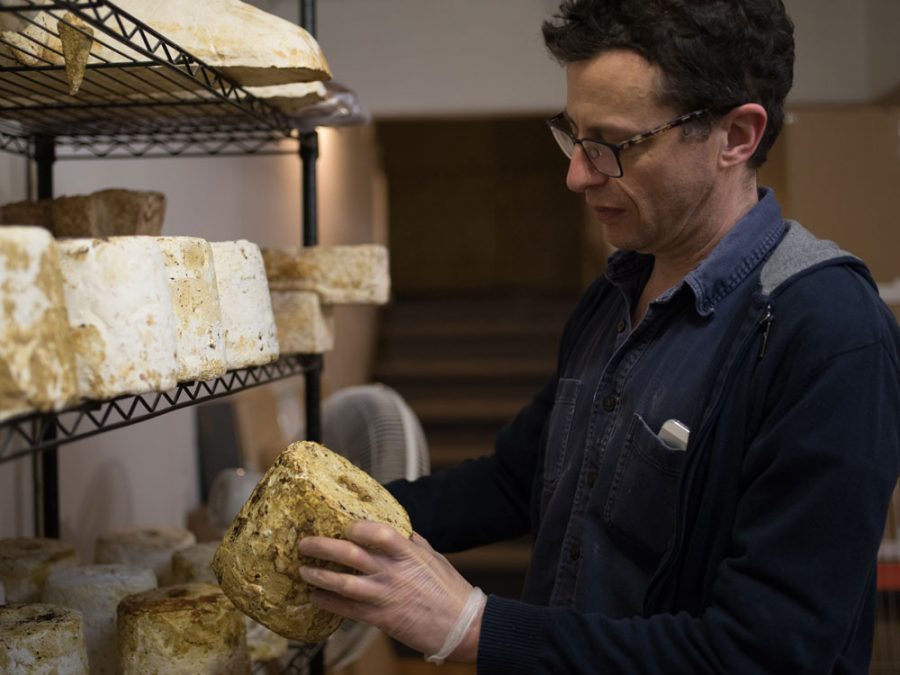
Pictured above: Philip Ross in the MycoWorks studio
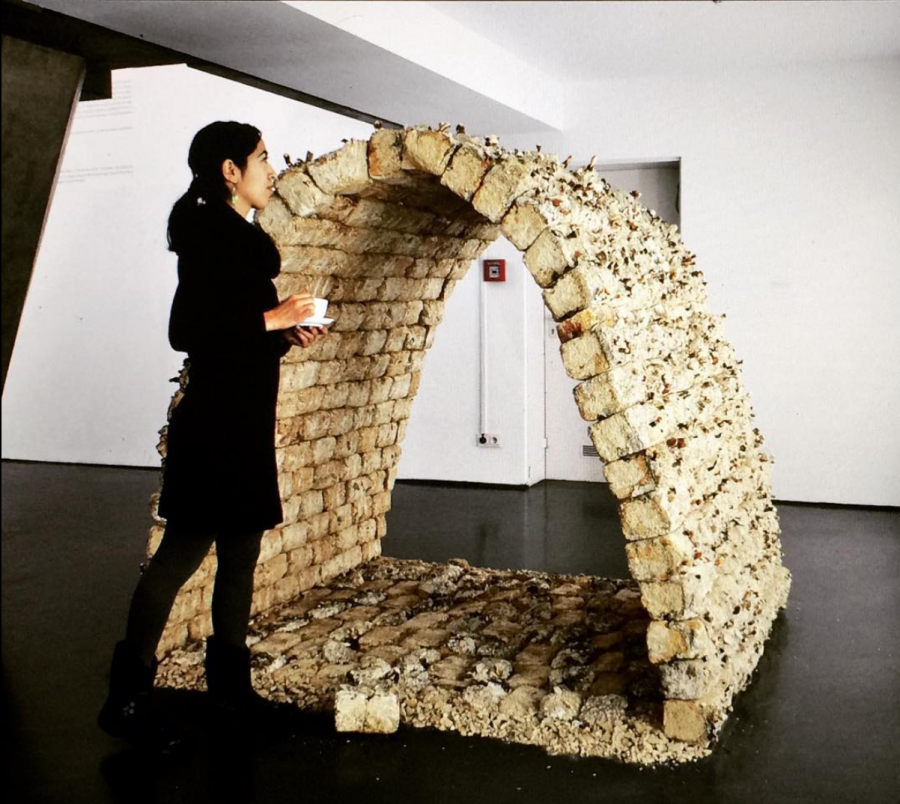
Pictured above: Ross's first mycelium structure exhibited at the Kunsthalle DУМsseldorf in 2009, a tea room made of reishi mycelium
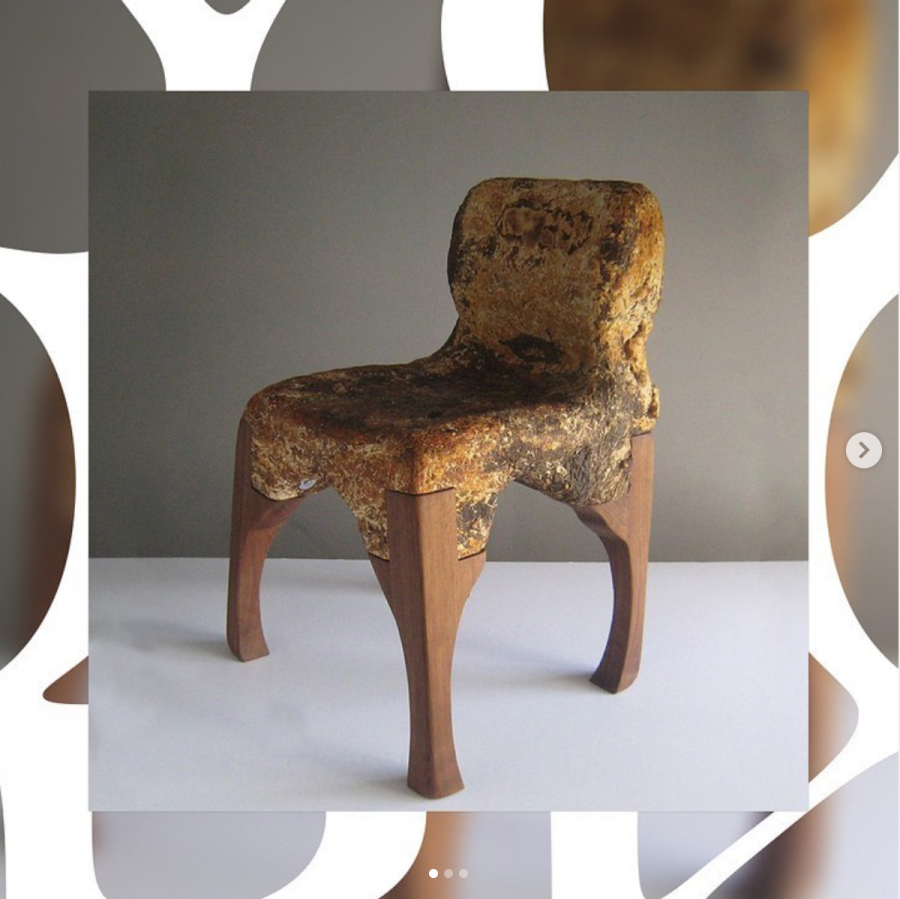
Pictured above: Ross's limited edition mycelium chair, launched in 2012
From Art Studio to Biomaterial Company
In 2013, Ross and his friend Sophia Wang foundedТ MycoWorks, which is headquartered in Emeryville, California.
Co-founder Wang has multiple careers. She comes from a family of molecular cell biologists, and her father founded a company related to mycelium technology. She has a passion for dance, acting, writing and curating, and says that what Philip Ross is doing is telling the story of biotechnology and synthetic biology from the perspectives of design, engineering, horticulture, food science, mycology and philosophy.
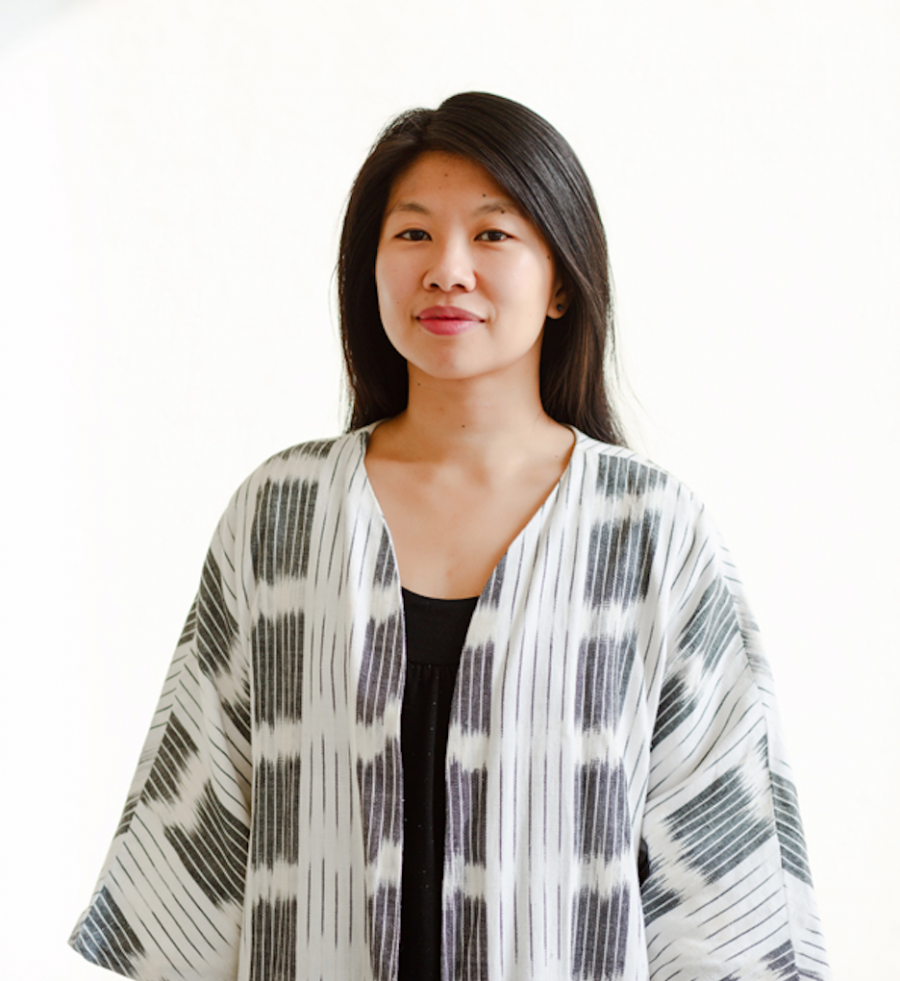
Pictured above: Sophia Wang
The addition of Wang has helped the company to tell better stories. Early on, they demonstrated the practical application of rigid mycelium materials by making chairs, stools, and other structures out of mycelium bricks, successfully attracting the interest of architects, furniture designers, and manufacturers from various industries.
Around 2016, MycoWorks shifted its research focus to "flexible mycelium materials" that imitate the texture of leather. With seed funding from the bio-accelerator Indiebio, MycoWorks has successfully grown mycelium fabrics of the same specifications with customizable thickness, texture, and size, drawing on vegetable tanning and finishing from the leather industry.
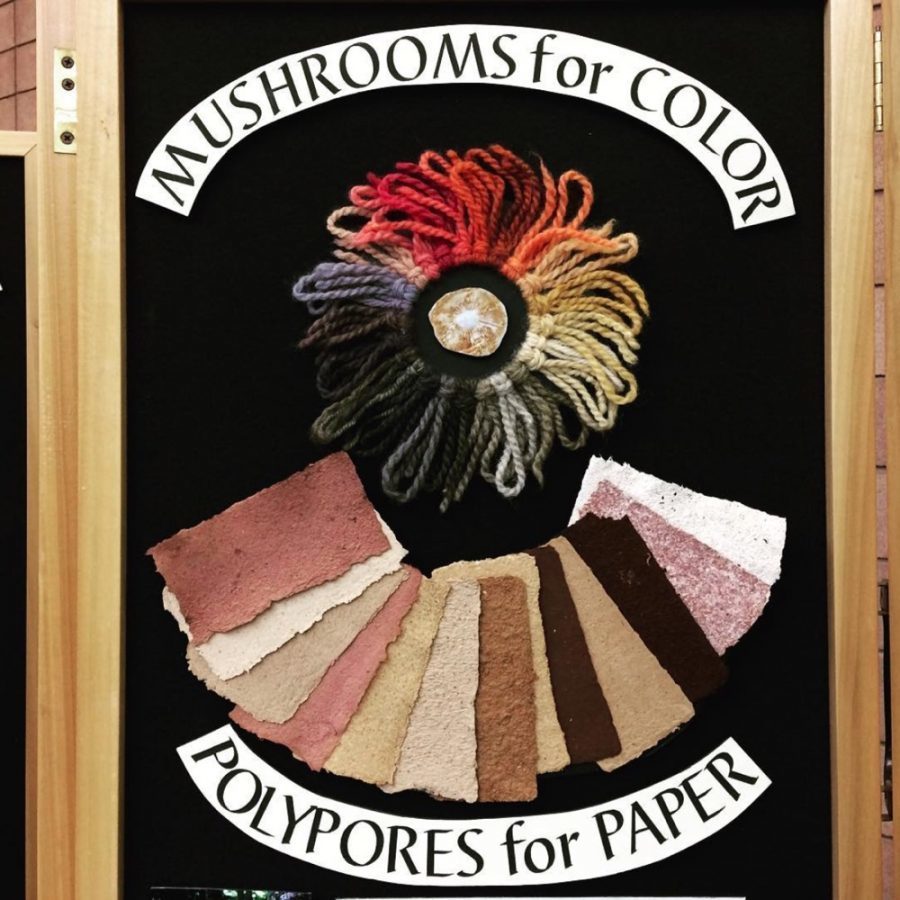

Pictured above: MYCOWORK display of mycelium pieces
The faux-leather mycelium fabric attracted the attention of high-end fashion and footwear brands around the world as soon as it was launched, as the company was in constant communication with major fashion brands during development. A large number of requests for cooperation followed, and MycoWorks, a small studio, was faced with the challenge of rapid expansion and the need to upgrade its team, supply chain, and products.
In 2017, Matthew L. Scullin, a materials scientist who founded and ran a successful sustainable energy business, Alphabet Energy, joined Mycoworks as CEO, bringing valuable commercialization experience to the company. Over the next two years, MycoWorks was put on a fast track: the team grew from five to 45 people; a more complete leadership team with operational, engineering and technology development expertise was established; a second manufacturing site was built and the Curtidos Badia tannery in Spain was hired to treat the surface of the mycelium.
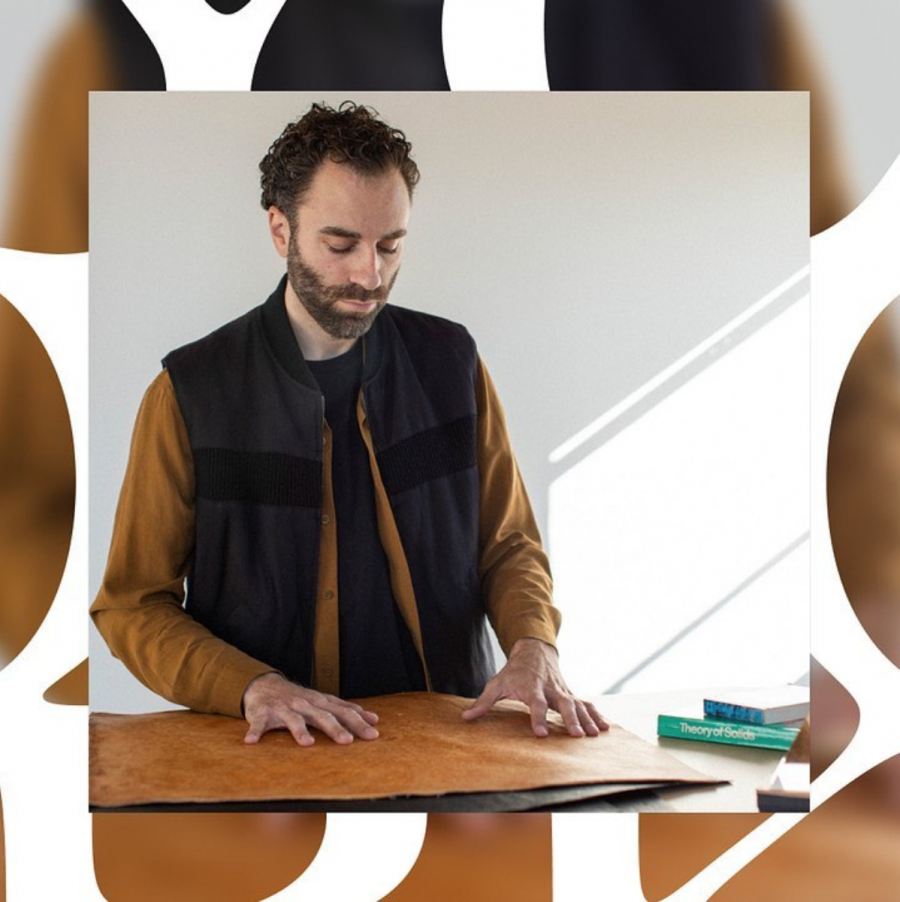
Pictured above: Matthew L. Scullin
Introducing "Leather" That Meets Luxury Brand Standards
As a result, the world's first fine mycelium for leather production, the patented "Fine Mycelium" process, was born, and the company named it тReishi™т (Japanese: щш).
Scullin, the CEO, emphasizes that MycoWorksтs patented Fine Mycelium™ process offers better strength and durability than other "mushroom leathers" on the market. "While the fashion luxury industry is driven by the sustainability trend and is looking to change the supply chain, at the end of the day, new technologies must perform well enough or they won't be adopted. This is also the difference of Fine Mycelium™.
Reishi Fine Mycelium was revealed at New York Fashion Week in February 2020. The showroom was appointment-only, but the fashion world came out in droves to experience Reishi™, a mycelium fabric with the look and feel of fine leather.
Reishi Fine Mycelium was revealed at New York Fashion Week in February 2020. The showroom was appointment-only, but the fashion world came out in droves to experience Reishi™, a fabric with the look and feel of fine leather.
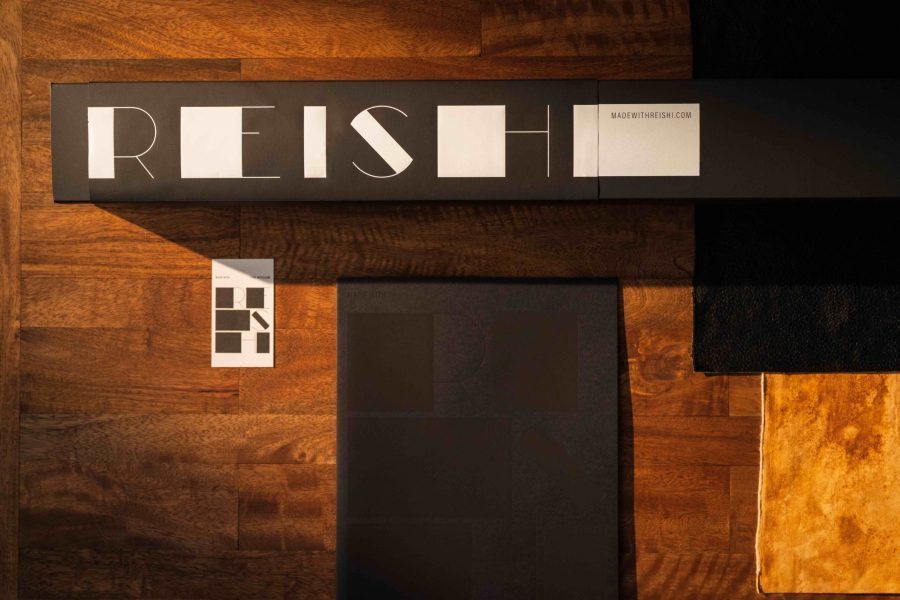
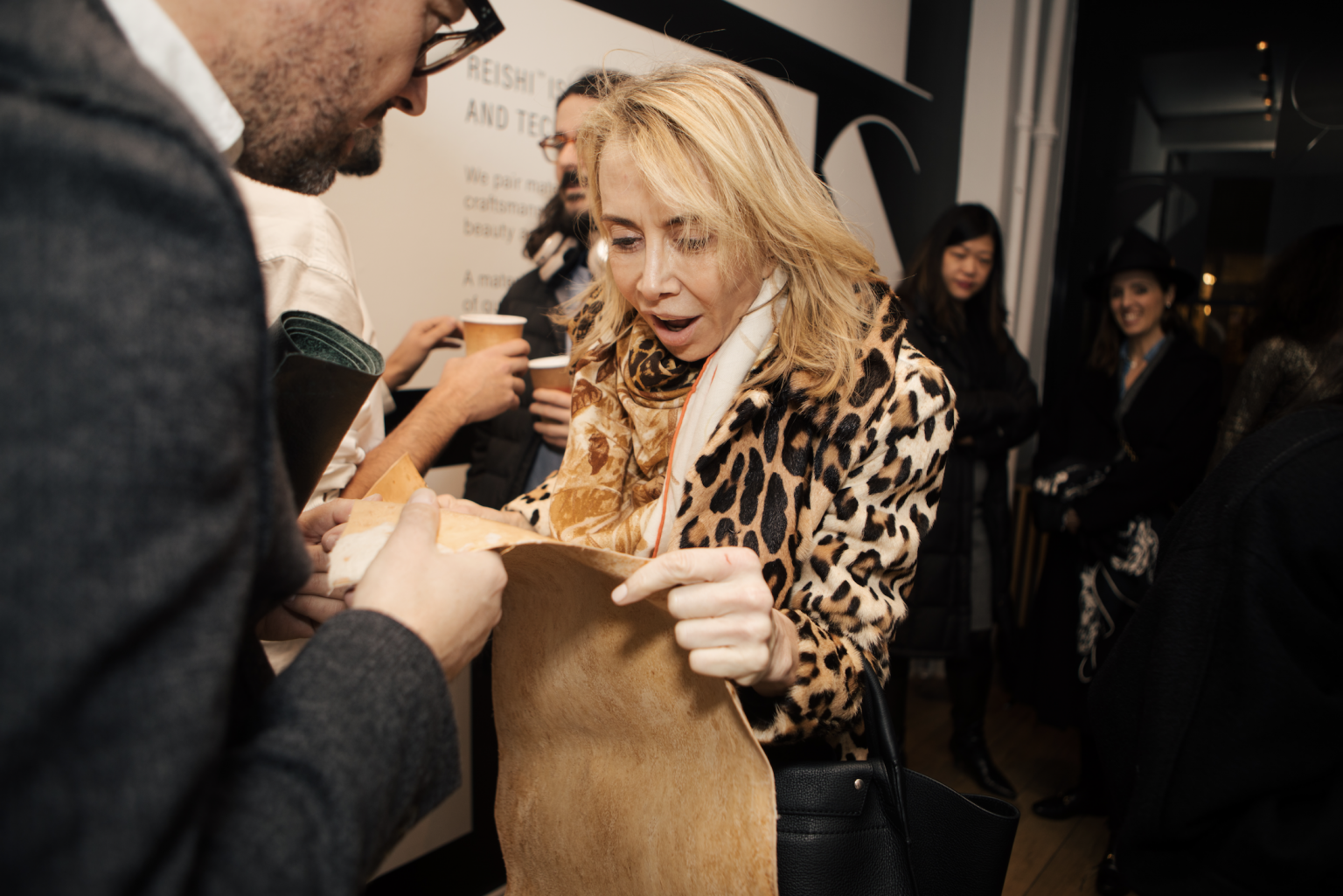
Biomaterials: Huge Potential in the Fashion Industry
Since the launch of "leather-like" products in 2016, the company has grown rapidly and attracted the attention of several capital institutions:
- In 2019, the company opened its third 30,000-square-foot factory;
- At the beginning of 2020, MycoWorks raised the first round of financing of $17 million;
- At the end of 2020, MycoWorks closed $45 million in Series B financing; the round was led by Taipei WTT Investment Company and venture capital fund DCVC Bio, with the participation of Hollywood actress Natalie Portman, famous singer John Legend and several unnamed fashion brands.
Compared with other synthetic materials, bio-fabrics based on natural materials are easily understood by the public and have great market potential. It is nothing new to cultivate leather with mushrooms and other fungi.
In 2018, Bolt Threads, an American biotech startup, launched the Mylo Driver Bag, the world's first eco-leather tote bag made from mushrooms, which was limited to 100 pieces. Last October, Bolt Threads announced an exclusive partnership with a group of international fashion and luxury companies, including French luxury giant Kering, British designer brand Stella McCartney, German sporting goods giant Adidas and Canadian yoga wear brand Lululemon, to use the Mylo Driver Bag. Bolt Threads used the mycelium material Mylo from the roots of wild mushrooms to make leather in their lab.
Recently, the British designer brand Stella McCartney announced a collaboration with Bolt Threadsto launch the world's first clothing made of leather-like materials derived from mushroom mycelium: a black corset and black leather pants. It has been reported, however, that neither of these two garments will be sold.
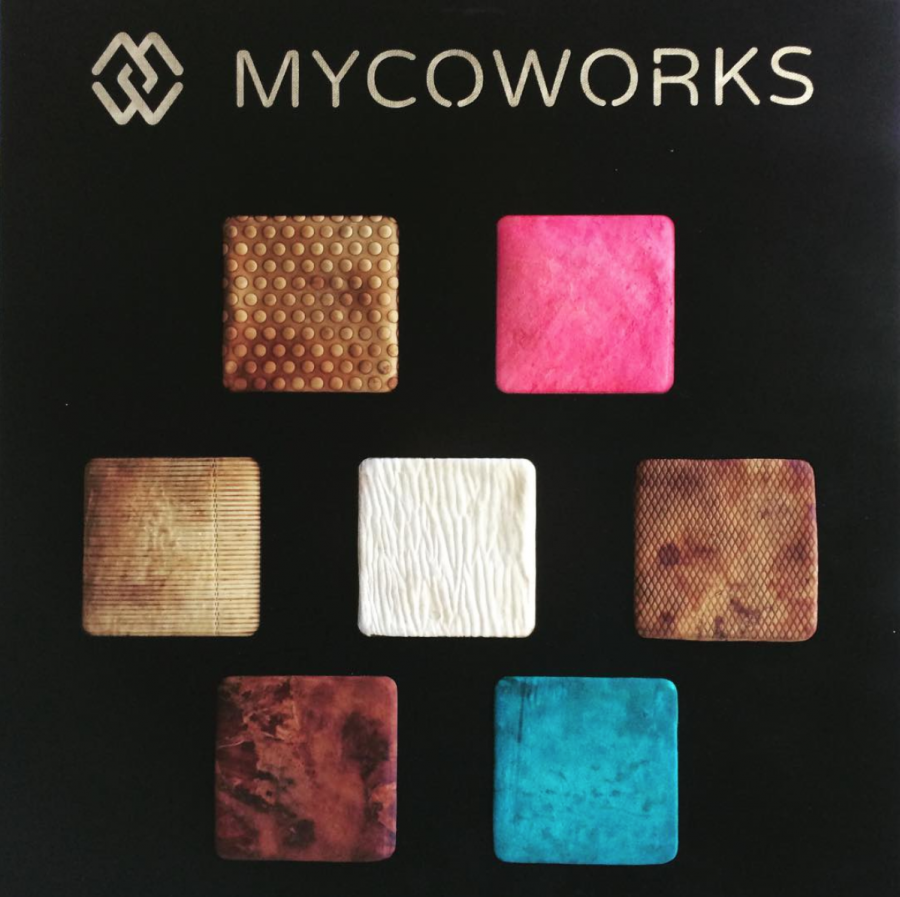
According to the Spanish National Centre for Microbiology, people with sensitive skin will enjoy wearing clothing made of mycelium, whose natural composition gives the fabric its natural antibacterial properties. In many other textiles, such properties can only be achieved through expensive processes.
Mycelium fabrics are produced without the use of toxic chemicals or fertilizers, and require only a minimal amount of water. According to the World Wildlife Organization, it takes 713 gallons of water to produce an average cotton T-shirt, but only 3 gallons of water to produce a mycelium-based dress, that is three times the size of a T-shirt.
Much agricultural waste can be used to grow reishi in a lab setting for about three to four weeks. MycoWorks bakes these materials to kill the microorganisms in them, so thereтs no need to worry about mold and sprouting even if such fabrics get wet. The mycelium is biodegradable and can be composted directly when the garment has reached the end of its useful life.
In addition to mycelium fabrics like those from HermУЈs, MycoWorks, Stella McCartney and Bolt, German fashion group Hugo Boss has also released its latest men's shoes using PiУБatex, a natural fiber made from pineapple leaves produced by Ananas Anam. Meanwhile, Los Angeles sneaker brand Clae has released sneakers made from Desserto, a cactus vegan leather produced by Mexican vegan leather company Adriano di Marti.
| Photo Credit: Official Website of MycoWorks, MycoWorks Instagram Account
| Sources: Official Websites, Wikipedia, bustle.com
| By Mireya, Shu Lingli












Comments